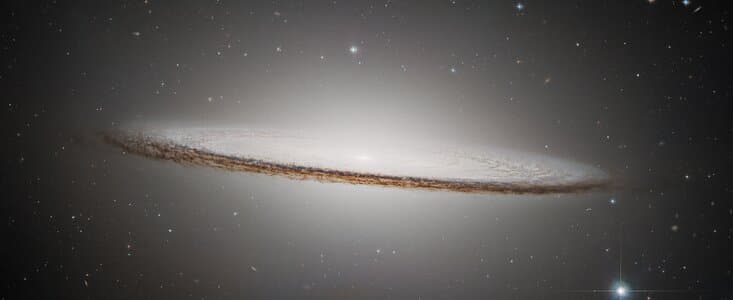Hubble's Greatest Hits: The Most Iconic Space Images

Masterpieces from the Cosmos
Over three decades of operation, the Hubble Space Telescope has produced an extraordinary gallery of cosmic imagery. These aren't just pretty pictures—they're scientific data visualized in ways that reveal the universe's hidden beauty and structure.
The Pillars of Creation (1995, 2014)
Perhaps Hubble's most iconic image, the Pillars of Creation shows towering columns of gas and dust in the Eagle Nebula. These pillars are stellar nurseries where new stars are being born. The image was so significant that Hubble revisited it in 2014 with improved technology, revealing even more stunning detail.
The Hubble Deep Field (1995)
This revolutionary image showed astronomers a tiny patch of seemingly empty sky. The result? Thousands of galaxies, some of the most distant objects ever observed. It fundamentally changed our understanding of the universe's scale and population.
The Carina Nebula (2008)
Released for Hubble's 18th anniversary, this enormous panorama showcases a stellar birthplace spanning 50 light-years. The image reveals the chaotic beauty of star formation, with brilliant young stars illuminating towering clouds of gas.
Butterfly Nebula (2009)
This dying star creates wings of gas spanning over two light-years. The symmetric structure results from a Sun-like star shedding its outer layers, revealing the complex physics of stellar death.
Mystic Mountain (2010)
Part of the Carina Nebula, this three-light-year-tall pillar of gas and dust showcases jets of material ejected by newly formed stars, creating a cosmic landscape that seems almost surreal.
Jupiter's Great Red Spot
Hubble's regular monitoring of Jupiter has documented changes in its famous storm system, providing insights into atmospheric dynamics not just on Jupiter, but for gas giant planets throughout the universe.
Why These Images Matter
Each of these images represents:
- Scientific breakthroughs that changed our understanding of the cosmos
- Technological achievements pushing the limits of space-based observation
- Artistic beauty that inspires wonder and curiosity
- Educational value bringing astronomy to millions worldwide
The Human Element
Behind every Hubble image are teams of scientists, engineers, and support staff who plan observations, process data, and interpret results. These images represent humanity's collective effort to understand our cosmic home.
Exploring Further
Visit the official Hubble Heritage Gallery to explore thousands of images, each with detailed scientific explanations. And don't forget to check what Hubble saw on your birthday—you might discover your own personal cosmic masterpiece!